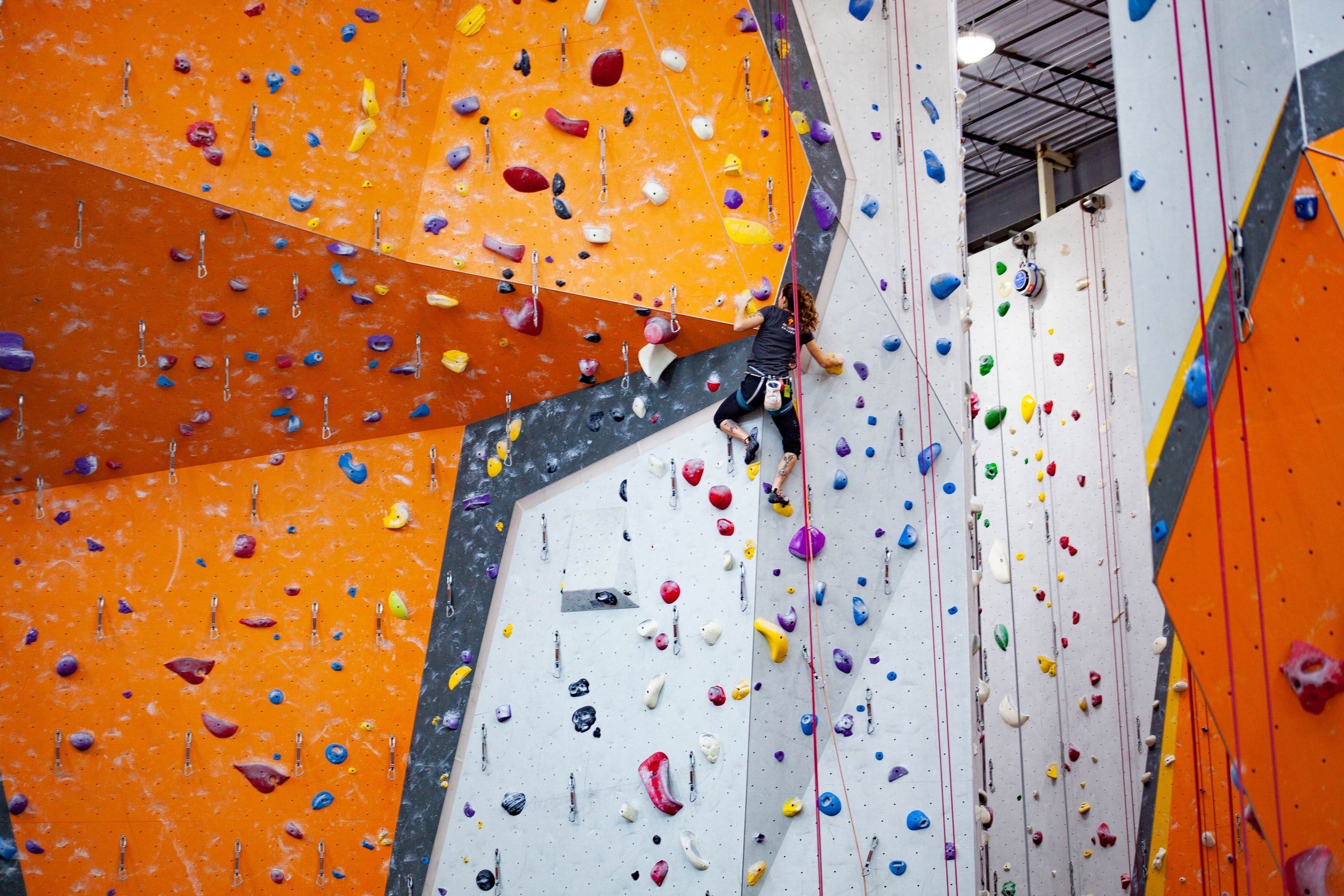Designing Sailboats to go 60 mph
America’s Cup is one of the most interesting sporting events in the world, from a design perspective. No, it isn’t the hardest-hitting sport, and the boats don’t reach Formula 1 speeds. The interesting part is that the winner gets to make the rules, and set the location for the next competition. Imagine if the winner of the Super Bowl got to pick the rules for the next season of the NFL! This leads to drastically different designs over the years for boats racing in very different conditions. The rules are set in a way that the teams must innovate their own boat designs and sailing strategies if they want to be the best in the race. This year is no different. The boats are engineering marvels!
For this year’s America’s Cup the hull of the boat needed to fit within a certain envelope but teams were free to shape the hull how they wanted. The design for this year’s America’s Cup is called the AC75 Class. The hull is 75 ft long and 16 ft wide. Hydrofoils allow the boats to ride with the main hull out of the water allowing the boat to reach speeds of up to 60 mph. Twin cantilever arms with the hydrofoils can be raised and lowered to counterweight the boat, eliminating the need for a keel to stabilize the boat. The mainsail is actually two layers to make it an airfoil that can be controlled in a way similar to the wing-warping of early aircraft.
Some parts such as the mast, rigging, and cantilever arms were supplied by the competition to alleviate some of the design work required of teams. The rest of the boat was designed by teams within the constraints of the competition. You can see more about the design in the video below.
Besides just being what I think is a beautiful design, the development of the AC75 gave me two important lessons. I’m not a fluids, or aerodynamics expert so it wasn’t about the shaping of the airfoils or sails (which are pretty cool).
Work within your constraints
Whatever project you are working on will be constrained by something, whether it’s time, money, ISO standards, etc. Even within those constraints, you can find ways to be innovative. Each of the teams in America’s Cup took a slightly different approach to solve their design challenge. Your innovation might be in terms of reducing waste to improve sustainability, rather than a more aerodynamic design. Innovations in all areas are important to make progress.
The value of simulations
Teams were only allowed to build two hulls for America’s Cup, and had strict dates on when those hulls could be tested in the water. A new design like the AC75 meant that simulations were key in the development. In the video above you can see CFD simulations with the crew in motion on the simulated boat. Your simulations don’t need to be this high fidelity but do your homework to make use of simulations. Sometimes that simulation will just be a free-body diagram with a few equations, and other times it might be a computer simulation that takes days to run. Weigh your resources of the cost of simulations vs. a prototype. These teams could not have made the incredible progress they did without simulations.
The final for America’s Cup was set to start on March 6th, 2021 in New Zealand but has been postponed due to COVID-19 restrictions, so hopefully, it won’t be delayed much longer. If you want to learn more about the AC75 design and see interactive views of the design visit: https://www.americascup.com/en/ac75
While the goal of creating your own AC75 may be out of reach, we can all appreciate the amazing design and engineering work that goes into America’s cup and look to them for inspiration in our next project.
To cite this article:
Mabey, Chris. “Designing Sailboats to go 60 mph.” The BYU Design Review, 5 Mar. 2021, https://www.designreview.byu.edu/collections/designing-sailboats-to-go-60-mph.








